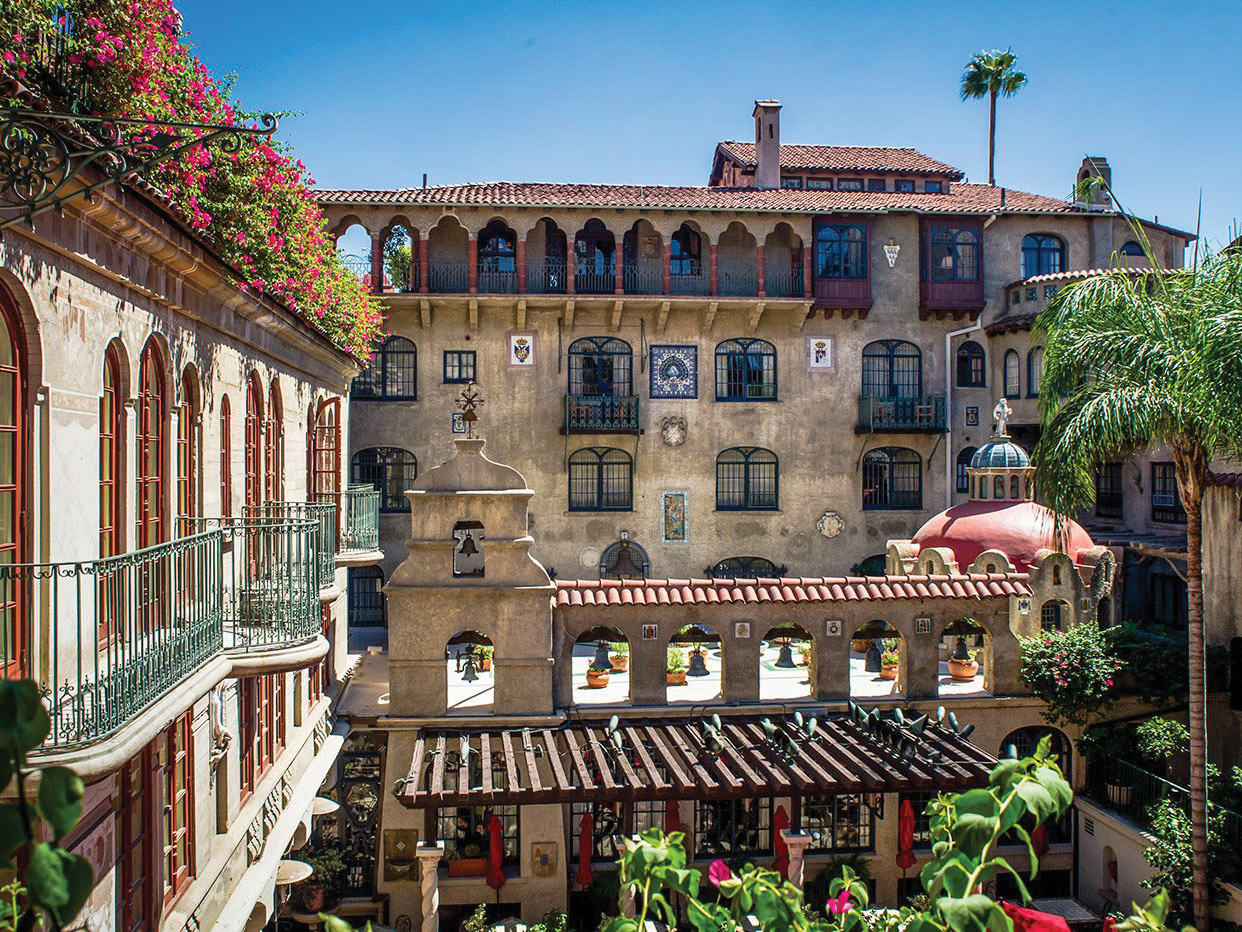
On Thursday, May 11, Riverside opened its doors to historical buildings and sites through part of an exposition to the unique landmarks scattered in its downtown area. The city of Riverside presented its rich history through an effort similar to European in-town tours. Beginning at 6 p.m., various edifices ranging from the Main Downtown Library to the Culver Center of the Arts provided guests with the historical background of the city sites.
Many downtown buildings have had remodeling and reconstruction done for sake of ensuring longevity. These changes have blurred the richness in the original building structures but some buildings still stand steady with their old character. One building that has seen change is the Kress Building, now formally known as the UCR California Museum of Photography. The docents of the UCR California Museum of Photography, with their grand understanding of the buildings they were under, discussed the importance of how true the building has stayed to its history and how the changes were made for the better. Specifically, the Museum of Photography was renovated from an earlier department store, Kress Department, but redesigned in 1980. The Museum has seen over 750,000 art pieces and various collections have been displayed from artists both local and out of state. Currently, it holds a stereoscopic gallery with a spotlight on the works of Michael Lessy, an American journalist and photographer.
The Finance Company was also a listed building open for the Doors Open tour. Designed and constructed in the 1920s for the Riverside Finance Company, the building is now a Riverside Community College-owned gallery for great art pieces of Riverside locals. With an expose of very familiar names such as Tomas Rivera, chancellor of UCR from 1979 until his death in 1984, and Miné Okubo, a Riverside artist who conveyed the hardship of Japanese Internment Camp living, the recently renovated building houses extraordinary art pieces and historical artifacts.
The tour went beyond museums and art galleries, also exploring private residences. The European architecture can be seen in some buildings with others having a mix of Neoclassical Mission Revival appearance. From the inside of some exclusive buildings, such as the Arcade Building and Bonnet Building, aspects of the Mission Revival can be seen. The Spanish flower imaged tiles in between the stair steps of the Bonnet Building marks the Spanish Colonial inspiration. The original elevator from its 1908 inception gives the building its richness and honors the original essence of its construction. The front of the Bonnet Building carries arches that support the second floor that were not from the original building plan but came from a street widening project on Orange Street that had the front portion of the building withdrawn.
The Doors Open Tour also included exterior facade tours, especially of one spectacular building: The Mission Inn. Frank Augustus Miller, known better as the father of the Mission Inn, not only sought a destination inn but a grand site to display his and his father Christopher Columbus Miller’s (not to be confused with the 1492 shipmaster) legacy and commitment to Riverside. With an Olympic-sized pool and decorative iron boundaries, the Mission Inn has a lot more rich history than meets the eye. Having once housed exotic birds to bring in customers, the entrepreneur son found creative ways to make the Mission Inn a success. The Father of the Mission Inn even dressed as a monk handing out oranges encouraging bypassers to visit to then later dress as a greeter and asking “How did you hear about the Mission Inn?” to correctly hear entrants state “A monk handing out oranges told me of this place!” The Mission Inn has seen its fair share of prominent figures as well. The garden by the entrance was planted by the grandfather of the trial judge of the O.J. Simpson case and Presidents, such as Kennedy and H.W. Bush, have stayed to enjoy both the festivities and rooms of the inn. When asked where the inspiration for such a great came from, docent Denise Flemming said “It is our love of history for Riverside’s richness of history … and a passion for Frank Miller.”








